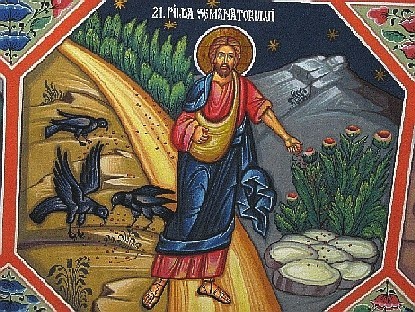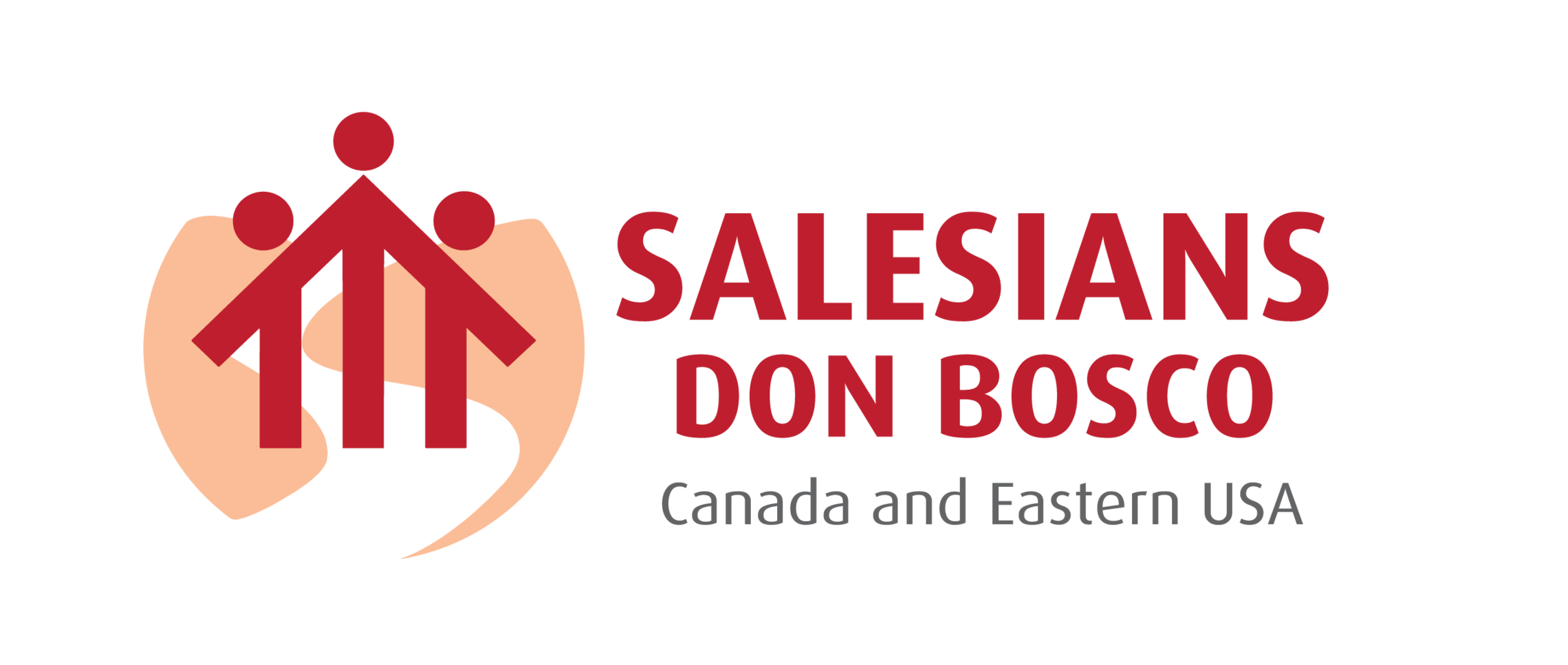
The parable of the sower, narrated in the synoptic Gospels, is a powerful and fundamental image of the Christian message. At first glance, it might seem like a simple allegory about the different ways in which the Word of God is received.
But when one looks deeper, it reveals a radical truth, especially if applied to educational and pastoral processes.

Credit: Public Domain
Message of the Rector Major Fr. Fabio Attard, SDB
This truth is enclosed in the very gesture of the sower, a gesture that we could define as “sowing in darkness”: an act of immeasurable generosity, seemingly inefficient, which challenges the human logic of results and control.
The heart of the reflection lies not so much in the four types of soil as in the figure of the sower and his action. He goes out and scatters the seed with a broad gesture, almost as if without forethought. He doesn’t make a preliminary map of the field; he doesn’t select the most promising plots; he doesn’t carefully avoid stones or thorns. He sows everywhere. This isn’t the technique of a modern farmer who aims to maximize the harvest by optimizing resources. Rather, it is the representation of a divine logic, a logic of abundance and unconditional giving.
Translated into the educational and pastoral sphere, this gesture unmasks one of our greatest temptations: that of efficiency and measurable, immediate results. Educators, catechists, priests, and parents are often plagued by the “calculating farmer syndrome.” We tend to invest time and energy where we see a promise of return: the brilliant student, the devout parishioner, the most responsive youth group. Unconsciously, we risk neglecting the “road” of hardened hearts, the “rocky ground” of fleeting enthusiasm, or the “thorns” of complicated and suffocating lives. The parable tells us, however, that the seed of the Word, of care, of knowledge, of witness, must be sown everywhere, without calculation and without prejudice. “Sowing in the dark” means this first and foremost: acting out of pure generosity, driven not by the probability of success, but by an unshakeable faith in the value of the seed itself. It’s that love which makes no distinctions, which offers itself to everyone because it isn’t an investment, but an overflowing gift.
Second, “sowing in darkness” reveals a profound truth about humility in our role. “Darkness” refers not only to the sower’s indifference as to the quality of the soil, but also to the impenetrable mystery that is the human heart. The educator and the shepherd can’t “see” into the soul of another. They don’t fully know the past wounds, hidden fears, and unconscious resistance that make a heart as hard as a road or as shallow as a thin layer of soil. They can’t foresee what worldly concern or new passion will suffocate a good proposal.
To act in this “darkness” means accepting that we have no control over the growth process. Our task is to sow, not to make things sprout. Growth belongs to a mysterious dynamic that involves the freedom of the person (the soil), the intrinsic power of the seed (the Word, love), and the action of Grace (the sun and rain that don’t depend on the sower). This awareness frees us from two opposing but equally damaging burdens: the arrogance of those who feel they’re the architects of others’ success and the frustration of those who feel responsible for their failure. The educator who sows in the dark knows that his work is essential but not omnipotent. He offers, proposes, accompanies, but in the end he respectfully withdraws before the sacred boundary of the other’s freedom, where the true encounter between the seed and the earth takes place.
In the final analysis, “sowing in the dark” is an act of radical hope. Why does the sower continue to scatter the seed so generously, even though he knows that much of it will be lost? Because his trust isn’t placed in the efficiency of his gesture, but in the inexhaustible vitality of the seed. He knows that, despite the roads, the rocks, and the thorns, the seed has within itself a life energy capable of producing fruit “thirty, sixty, a hundredfold” wherever it finds even a small patch of good soil.
This is a fundamental lesson against the cynicism and fatigue that can assail those who work in educational and pastoral fields. Faced with apathy, indifference, or hostility, the temptation is to stop sowing, to conclude that “it’s just not worth it.” Instead, this parable invites us to shift our focus from the soil’s response to the quality of the seed. Our task isn’t to worry obsessively about the harvest, but to ensure that we sow good seed: an authentic word, a credible witness, a patient love, a solid culture.
The sower’s hope isn’t some vague optimism, but the certainty that Truth, Beauty, and Goodness, when offered generously, possess a power of their own that, sooner or later, in a way we can’t predict or control, will find a way to sprout.
In conclusion, the parable of the sower frees us from the tyranny of immediate results and introduces us to a spirituality of action based on giving without expecting return, humility, and hope. “Sowing in the dark” isn’t a blind or naive action but the most realistic and fruitful act possible because it’s based on the reality of a God who gives without measure and on the mystery of human freedom. For both educator and shepherd, this means loving without expecting reward, teaching without presuming to mold, witnessing with fidelity without worrying about seeing the fruits of one’s labor. Perhaps the first and most important fruit of this generous sowing isn’t what grows in the field, but the transformation of the heart of the sower himself, who learns to act and to love with that same generous and hope-filled divine “folly.”






